The application of 98929-98-7 Fmoc-L-His(Fmoc)-OH is diverse and holds significant importance in various fields. Here's a breakdown of its key applications:
Peptide Synthesis:
98929-98-7 Fmoc-L-His(Fmoc)-OH serves as a crucial building block in solid-phase peptide synthesis. The dual Fmoc protection groups provide stability and solubility, enabling the precise assembly of peptide chains.
Its incorporation into peptides allows for the study of histidine-rich sequences, which are often involved in crucial biological processes.
Protein Engineering and Modification:
By incorporating 98929-98-7 Fmoc-L-His(Fmoc)-OH into protein sequences, researchers can manipulate protein structure and function, enabling the exploration of protein-protein interactions, enzymatic activities, and other biological functions.
It also finds application in the production of recombinant proteins with modified or enhanced properties.
Drug Discovery and Development:
Peptides containing 98929-98-7 Fmoc-L-His(Fmoc)-OH can be screened for their ability to bind to specific targets, such as receptors or enzymes, making them potential therapeutic agents.
The histidine residue, when appropriately positioned within a peptide sequence, can enhance the binding affinity and selectivity of the peptide to its target.
Bioconjugate Formation:
The 98929-98-7 Fmoc-L-His(Fmoc)-OH moiety can be used as a conjugation handle for attaching peptides or proteins to other molecules, such as fluorophores, nanoparticles, or drugs.
This conjugation capability enables the creation of multifunctional bioconjugates with enhanced properties for imaging, therapy, or other biomedical applications.
Research Tools and Assays:
Peptides containing 98929-98-7 Fmoc-L-His(Fmoc)-OH can be used as probes or ligands in various research assays, including immunoassays, biosensor development, and protein interaction studies.
Their specific binding properties make them useful for the detection and quantitation of analytes or the study of biological processes.
 Building 12, No.309, South 2nd Road, Economic Development Zone, Longquanyi District, Chengdu, Sichuan, China.
Building 12, No.309, South 2nd Road, Economic Development Zone, Longquanyi District, Chengdu, Sichuan, China. amy@enlaibio.com / cynthia@enlaibio.com / edison@enlaibio.com / daisy@enlaibio.com
amy@enlaibio.com / cynthia@enlaibio.com / edison@enlaibio.com / daisy@enlaibio.com +86 (028) 84841969
+86 (028) 84841969 +86 135 5885 5404
+86 135 5885 5404


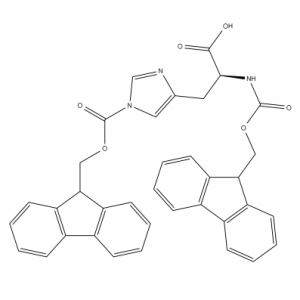
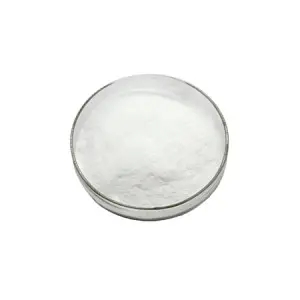

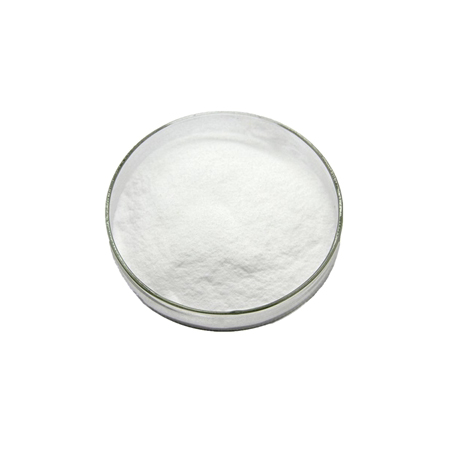






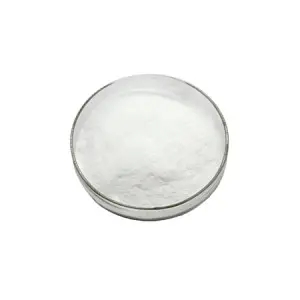
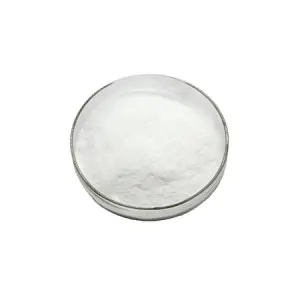
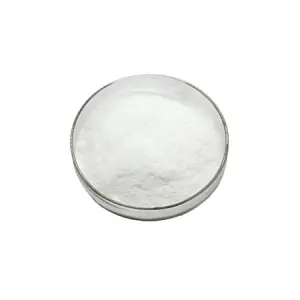
![2460751-66-8 Fmoc-L-Lys[C20-OtBu-Glu(OtBu)-AEEA-AEEA]-OH](https://cdn.globalso.com/jylpharm/2460751-66-8.png)
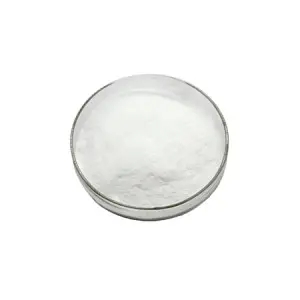





.png)


